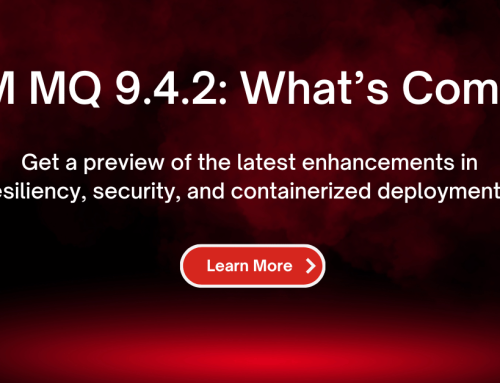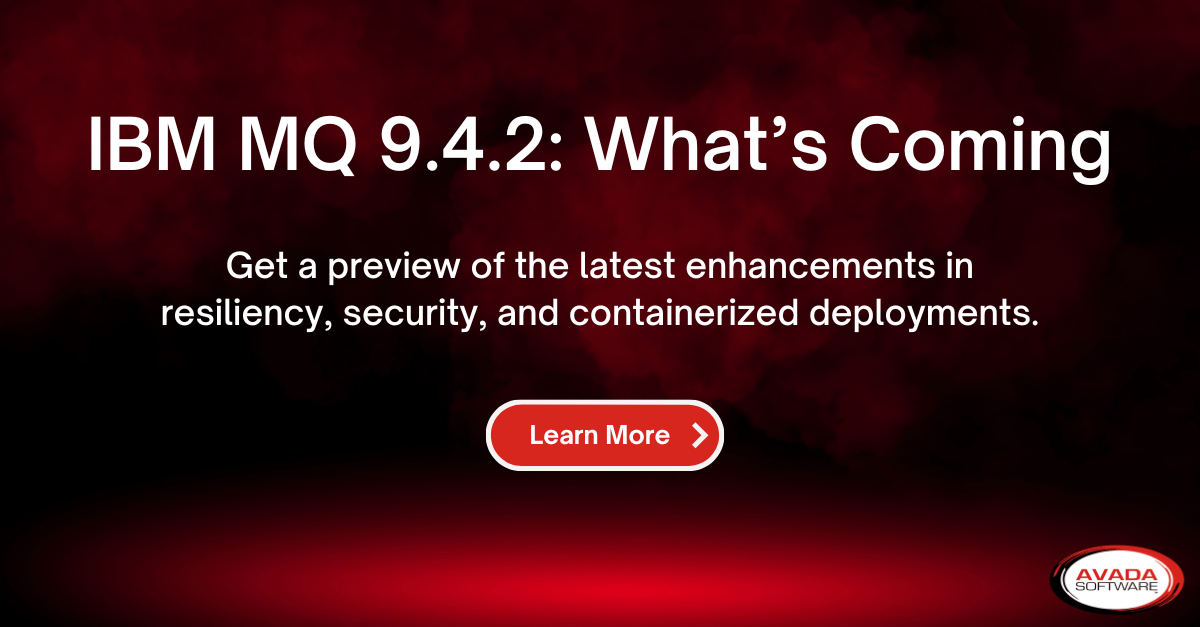5 Lesser-Known WebSphere Application Server Metrics to Monitor
When it comes to managing your WebSphere Application Server (WAS) environment, monitoring the usual suspects like CPU usage, memory consumption, and thread activity is essential. But to truly optimize performance and ensure seamless operations, you need to dig deeper. Here are five lesser-known WebSphere Application Server Metrics to Monitor that you might not have thought of — and why they matter.
1. Dynamic Cache Metrics
Dynamic cache metrics provide insights into the efficiency of your caching strategy. Monitoring hit ratios and cache utilization can reveal how well your application is leveraging caching to reduce database and back-end service calls. Poor cache performance can lead to slower response times and increased infrastructure costs. By keeping an eye on these metrics, you can identify when to fine-tune cache settings or scale up resources to improve application efficiency. This makes it a key candidate for Lesser-Known WebSphere Application Server Metrics to Monitor
2. JCA Connection Metrics
Java Connector Architecture (JCA) connection metrics are critical for applications that rely on resource adapters to interact with external systems. Metrics such as connection pool usage, wait time, and connection failures provide visibility into how your integration points are performing. Ignoring JCA metrics can lead to bottlenecks in data flow, impacting end-user experience and service reliability.
3. EJB Method Performance
Enterprise JavaBeans (EJB) are often the backbone of large-scale enterprise applications. Monitoring EJB method invocation times and success rates can help you pinpoint inefficiencies or failures in your business logic. This is especially important for applications with high transaction volumes, where delays or errors can cascade into larger system issues.
4. Web Application Metrics
Beyond general server metrics, monitoring specific web application metrics such as session count, request count, and response times can help you understand user interaction patterns. These metrics are particularly useful for capacity planning and identifying performance issues related to high traffic or poorly optimized code.
5. Thread Pool Data
While thread pools are a commonly monitored resource, looking at detailed metrics like thread usage patterns, thread contention, and idle thread time can provide deeper insights. Overloaded or underutilized thread pools often indicate problems with request handling or application design, making this data invaluable for troubleshooting.
Why Monitoring Isn’t Enough: The Case for Integrated Administration
Monitoring these metrics is just the first step. To fully manage your WebSphere Application Server environment, you need more than just monitoring capabilities—you need integrated administration tools that allow you to take action within the same interface. For example, if you notice high thread contention, you should be able to adjust pool sizes or recycle resources without switching between tools.
This integration is crucial for:
- Minimizing Downtime: Quickly addressing issues reduces the risk of prolonged outages.
- Improved Efficiency: Administrators spend less time navigating between tools and more time resolving issues.
The Role of Automation
Automation takes your monitoring and administration capabilities to the next level. By setting up automated alerts and responses for specific thresholds or conditions, you can:
- Proactively Address Issues: Fix problems before they impact end-users.
- Streamline Operations: Reduce the manual effort required for routine tasks, freeing up your team to focus on strategic initiatives.
- Ensure Consistency: Automated actions ensure that predefined processes are followed every time.
Start with Smarter Monitoring and Administration
Don’t wait until a performance issue disrupts your operations. Proactively monitoring and managing these lesser-known metrics can make all the difference in maintaining a high-performing WebSphere Application Server environment.
To learn how you can integrate monitoring, administration, and automation into one streamlined solution, book a demo with us today.
For further reading about Lesser-Known WebSphere Application Server Metrics to Monitor and WAS performance best practices, you can explore IBM’s official documentation.
By taking a proactive and integrated approach to managing your WAS environment, you’ll be better equipped to handle challenges and ensure long-term success.
More Infrared360® Resources































